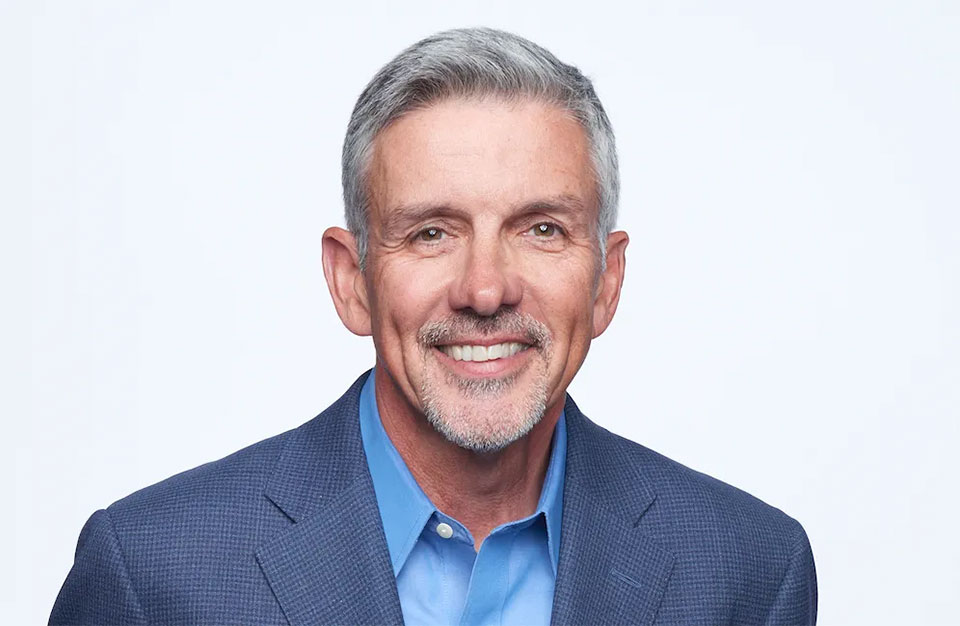One Company’s Ace in the Hole

The expression “ace in the hole” comes from poker. In a few versions of poker, some cards are dealt face up for everyone to see, while one is dealt face down or in the hole, visible only to the player receiving the cards. Since the ace is the highest card in the deck, an ace in the hole can mean a winning hand. Study Groups, the ones you’ll find operating face down at Northwestern Mutual, are every bit as effective at contributing to the company’s enduring success.
By face down, I mean that the more than three dozen Study Groups you’ll find today at Northwestern Mutual were not launched by CEO edict or other corporate-led initiative. Instead, they were born in the field. In 1946, shortly after Al Granum returned from WWII and joined the company’s Amery, Wisconsin office, he started a group called, The Top O’ The Mornin’ Study Group. Granum believed that life insurance agents might be in business for themselves, but they didn’t need to be in business by themselves. He knew that everyone would win bigger if they did it together. Hailed by his colleagues as a relentless lifelong learner and generous contributor to the success of countless fellow professionals, Granum didn’t wait until the twilight of his career to give back; he did it from the start.
Over the years, other Study Groups organically sprouted across the country. Group members share best practices, provide each other feedback, build deeper relationships, and include spouses in social gatherings. These 12-15 member groups are self-governed, with a written set of by-laws about membership, attendance, and conduct during monthly meetings. Some groups are more general in their scope, while others are more specific, such as the Client Builders Study Group or the Diversity and Inclusion Leadership Study Group. Regardless of their charge, they provide a mechanism for learning and growing that doesn’t exist in most companies today, helping individuals hone their skills and become more effective team contributors. In addition, when members retire, they are typically granted emeritus status in the group.
Following a Tradition of Peer-to-Peer Learning
In early American history, Benjamin Franklin organized a group of twelve friends called the Junto who engaged in ongoing forums designed to accommodate structured discussion. The group’s original members included printers, surveyors, a cabinetmaker, a cobbler, a clerk, and a merchant. They met on Friday evenings to talk about morals, politics, and natural philosophy. Franklin once stated, “Our debates were to be under the direction of a president, and to be conducted in the sincere spirit of inquiry after truth, without fondness for dispute or desire of victory….”
In business, Napoleon Hill’s book, Think and Grow Rich, described the advent of the “mastermind” group and how both Andrew Carnegie and Henry Ford credit their mastermind groups for much of their success. Hill regarded these groups as “the secret to the success of all great men,” and “the very foundation stone of all outstanding personal achievements.”
Communities of Practice
In 1991, Etienne Wenger-Trayner and Jean Lave coined the term communities of practice, which was described a decade later as: “Groups of people who share a concern, a set of problems, or a passion about a topic, and who deepen their knowledge and expertise in this area by interacting on an ongoing basis.” The structural characteristics of a community of practice include having a domain that involves a common knowledge base, a community willing to collaborate, and a practice with a shared purpose. All these elements are present in a Study Group.
Etienne and Beverly Wenger-Trayner, who today are active researchers, consultants, and authorities on the topic, explained that communities of practice have been around since the dawn of human existence. Still, until they had a name and a common language, it was difficult for people to talk about them.
While studying apprenticeships in Africa with Jean Lave, Etienne recalled, “Initially, we were studying apprenticeship as a way to rethink learning. We found that an apprenticeship is often not just a relationship between a master and a student. We noticed this whole community around the master that acts as a learning curriculum for the apprentice. A lot of the learning interactions were not with the master, they were with one another. No one taught these people that that’s what they were supposed to do. This is how we behave as human beings. This is essentially where the term communities of practice comes from.”
In an article Etienne co-wrote with William Snyder for Harvard Business Review in 2000, they noted that communities of practice were common in classical Greece, where “corporations” of craftsmen had both a social purpose and a business function. The members trained one another and worked together to share innovations. During the Middle Ages, guilds offered a similar resource for artisans.
Study Groups Work
It’s unclear if Al Granum drew his inspiration from either classical Greece or Ben Franklin’s Junto. All we know is that among the many contributions Granum made to the company and the industry, Study Groups have become Northwestern Mutual’s longtime ace in the hole. While no one at corporate can speak to their specific impact on overall performance, or even tell you the exact number of Study Groups that exist today, consider this:
When you look at the company’s twenty top-performing financial representatives, it just so happens that every one of them is, or has been, a Study Group member. I don’t believe that’s a coincidence; it’s what Granum understood was possible from the start – everyone wins bigger when they do it together. As for The Top O’ The Mornin’ Study Group, the members recently celebrated their 75th anniversary. How’s that for a winning hand?
Written by Leo Bottary.
4 Ways to Develop an Authentic Leadership Style by Rhett Power.
H1 FY22 Results for InfraBuild Show CEO Vik Bansal’s Impact.
3 Ways to Navigate Business Travel in a Post-Pandemic World by MJ Vogel.
4 Tactics for Being a Successful Leader of Digital Transformation by Rhett Power.
Add CEOWORLD magazine to your Google News feed.
Follow CEOWORLD magazine headlines on: Google News, LinkedIn, Twitter, and Facebook.
Copyright 2024 The CEOWORLD magazine. All rights reserved. This material (and any extract from it) must not be copied, redistributed or placed on any website, without CEOWORLD magazine' prior written consent. For media queries, please contact: info@ceoworld.biz








